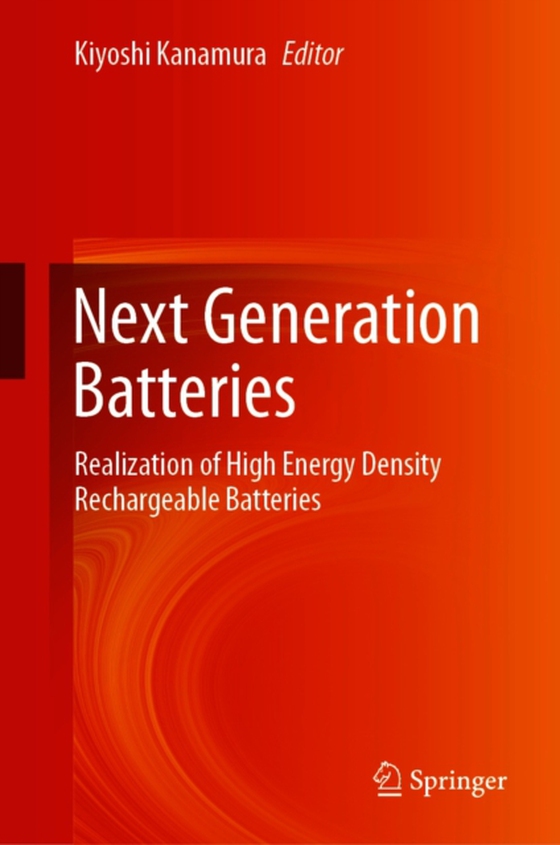
Next Generation Batteries e-bog
1021,49 DKK
(inkl. moms 1276,86 DKK)
In this book, the development of next-generation batteries is introduced. Included are reports of investigations to realize high energy density batteries: Li-air, Li-sulfur, and all solid-state and metal anode (Mg, Al, Zn) batteries. Sulfide and oxide solid electrolytes are also reviewed.A number of relevant aspects of all solid-state batteries with a carbon anode or Li-metal anode are discusse...
E-bog
1021,49 DKK
Forlag
Springer
Udgivet
23 marts 2021
Genrer
PNRH
Sprog
English
Format
pdf
Beskyttelse
LCP
ISBN
9789813366688
In this book, the development of next-generation batteries is introduced. Included are reports of investigations to realize high energy density batteries: Li-air, Li-sulfur, and all solid-state and metal anode (Mg, Al, Zn) batteries. Sulfide and oxide solid electrolytes are also reviewed.A number of relevant aspects of all solid-state batteries with a carbon anode or Li-metal anode are discussed and described: The formation of the cathode; the interface between the cathode (anode) and electrolyte; the discharge and charge mechanisms of the Li-air battery; the electrolyte system for the Li-air battery; and cell construction. The Li-sulfur battery involves a critical problem, namely, the dissolution of intermediates of sulfur during the discharge process. Here, new electrolyte systems for the suppression of intermediate dissolution are discussed. Li-metal batteries with liquid electrolytes also present a significant problem: the dendrite formation of lithium. New separators and electrolytes are introduced to improve the safety and rechargeability of the Li-metal anode. Mg, Al, and Zn metal anodes have been also applied to rechargeable batteries, and in this book, new metal anode batteries are introduced as the generation-after-next batteries.This volume is a summary of ALCA-SPRING projects, which constitute the most extensive research for next-generation batteries in Japan. The work presented in this book is highly informative and useful not only for battery researchers but also for researchers in the fields of electric vehicles and energy storage.
 Dansk
Dansk

